belle
Do you have any thoughts on this post?
The suspension of the BLM’s local advisory committees threatens transparent and collaborative management of America’s public lands
In a world that seemingly becomes more polarized and political by the day, public-land resource advisory councils—commonly known as RACs—have represented a last bastion of cooperation in public land management. These collaborative committees are made up of individuals from diverse interest groups, including ranchers, local agency representatives, environmentalists, commercial interests, and sportsmen-conservationists. RACs serve the important purpose of bringing diverse local perspectives to the table to find agreement over competing demands on our public lands, like grazing, development, recreation, and conservation. They have been very successful in shaping positive public-land management outcomes.
The Department of the Interior oversees more than 200 individual advisory committees, including 38 RACs that meet with the Bureau of Land Management—the largest public-land management agency in the country, responsible for 245 million acres of our public lands. In fact, three TRCP field staffers serve on full RACs in Idaho, New Mexico, and Oregon, and weigh in on issues affecting BLM lands.
That is, until their meetings were indefinitely suspended.
Per instruction from the Department of the Interior, the BLM recently notified all RAC members that future meetings will be postponed until at least September in order for the agency to review the “charter and charge of each Board/Advisory Committee.” In the meantime, local decisions about the management of our public lands will continue to be made, but without input from local stakeholders who are trying to find common ground and who are actually out there using the lands.
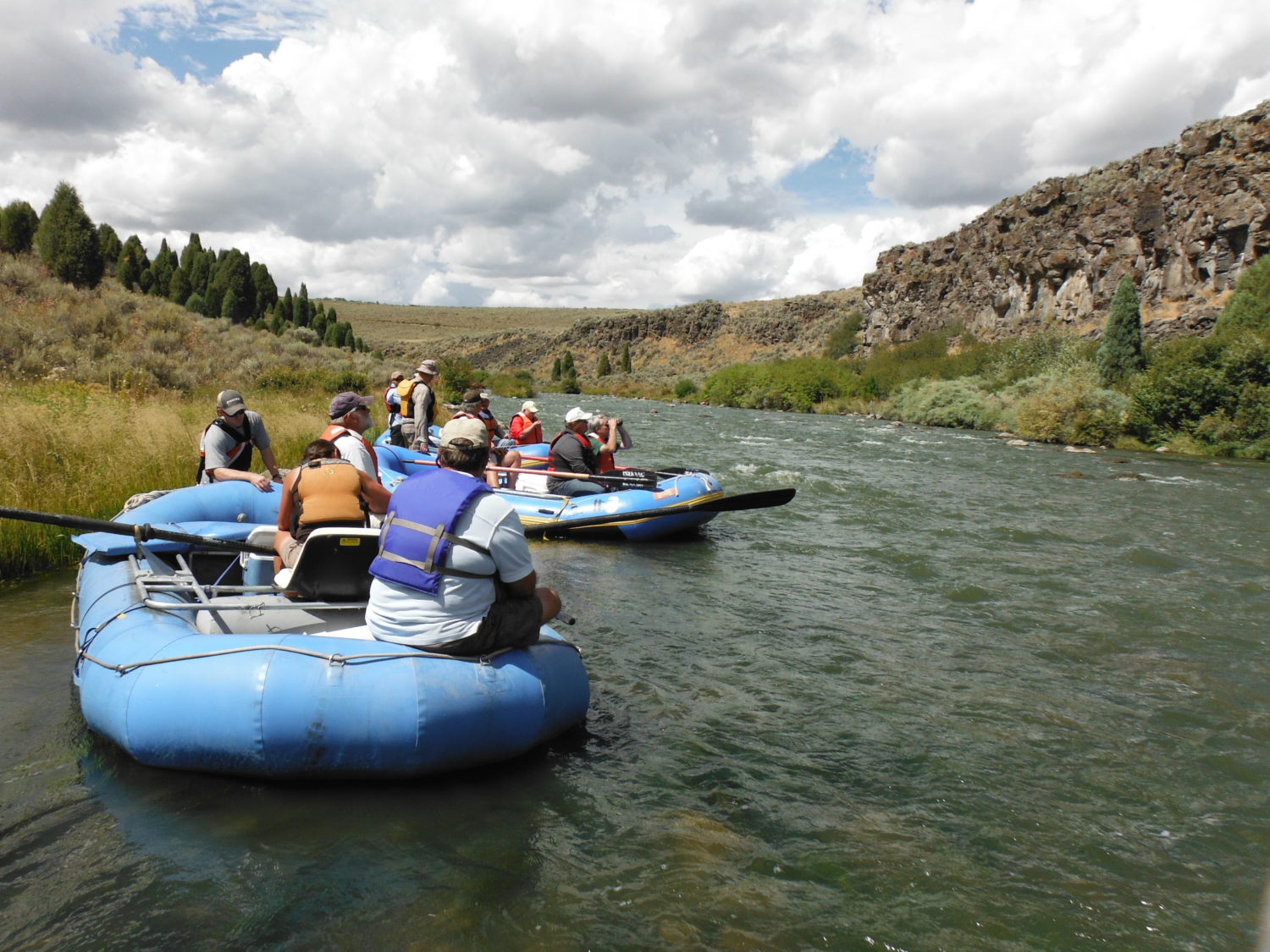
As a part of these committees, sportsmen and women have helped to shape the future management of world-class fish and wildlife habitat in places like the High-Divide of east-central Idaho and the Owyhees of southeast Oregon. These are places that we depend on for our hunting and fishing opportunities, and when ranchers, business owners, environmentalists, and sportsmen are all on the same page about how these lands should be managed, we all win.
Our Oregon field rep, Mia Sheppard, serves on the Southeast Oregon RAC, where recently they’ve made collaborative recommendations to state and BLM-district managers about everything from fire management to handling wild horse and burro populations. Mia has witnessed their recommendations having a real impact on the ground and sees her RAC’s involvement as critical to finding balanced solutions on Oregon’s public lands. To remove RAC members from the process would further disconnect and delay resource policy and planning.
Groups created to provide local input on #publicland management told to stay home Share on XDown south, our New Mexico field rep, John Cornell, serves on the Las Cruces District Southwest New Mexico RAC. Currently, they are helping to shape a plan for the Organ Mountains-Desert Peaks National Monument, focusing on improving access and maintaining sensible restrictions around historical sites—part of the reason this monument was designated. Stakeholder representation and input from hunters and anglers, specifically, is crucial and could be cut out entirely if these meetings are postponed until at least September.
In Idaho, Coby Tigert, deputy director of our Center for Western Lands, serves on the Idaho Falls District RAC, where they’ve been actively involved in management decisions that will affect more than four million acres of BLM lands. “In addition to upcoming land-use plans,” says Tigert, “the Idaho Falls District manages grazing, sage grouse habitat, and extensive phosphate mining leases on public lands. The diverse membership of our RAC helps balance the interests of the public with the BLM’s multiple-use mandate.” The postponement of RAC meetings could put all of this into question.
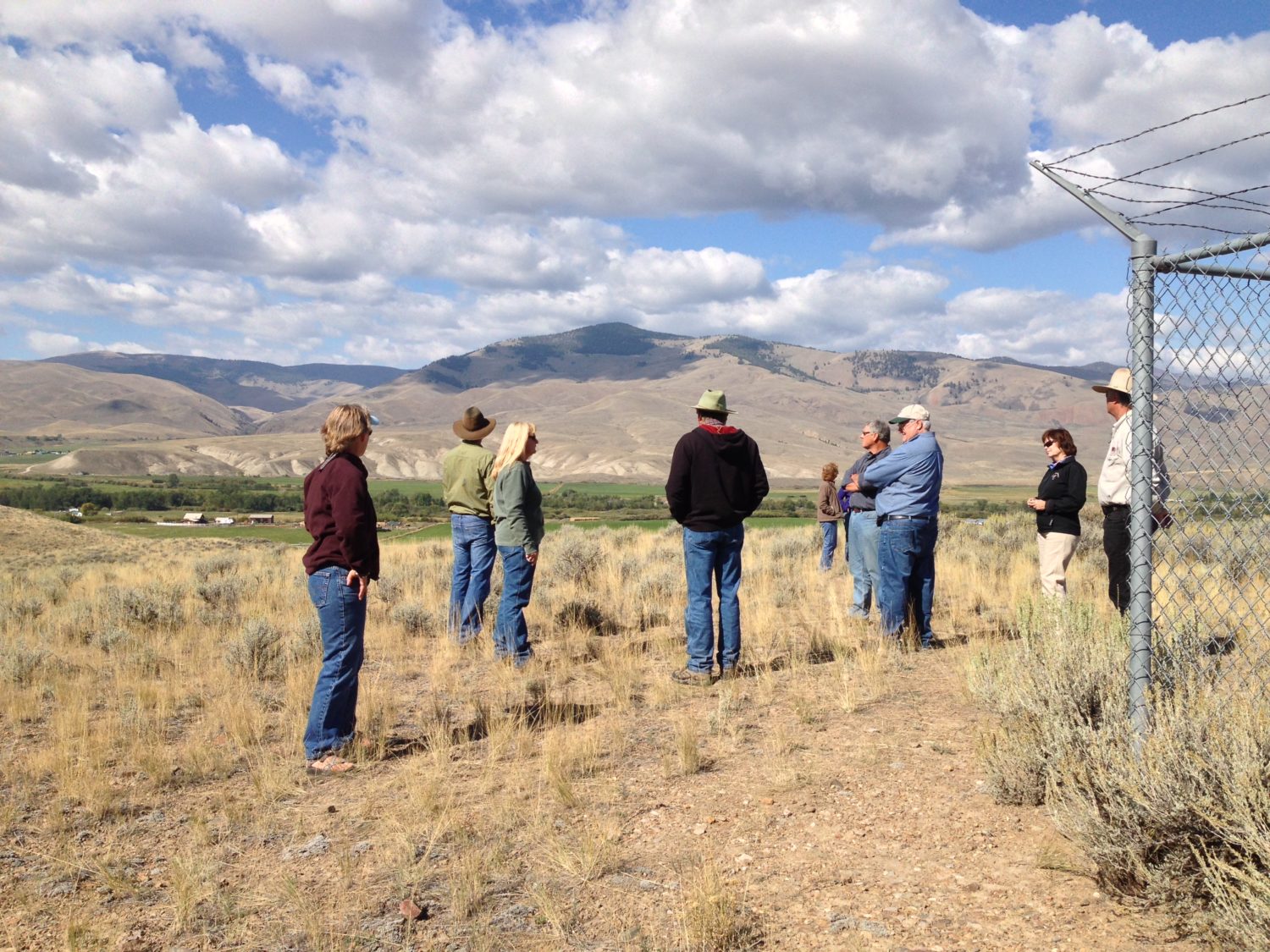
These are just a few examples of the collaboration and public input that would be lost if RACs were disbanded across the West. Moreover, the suspension not only threatens the responsible management of our public lands—it could further build disdain for the federal government.
RAC members have committed their precious time to do what’s best for our public lands, and now the agency risks sending the signal that it may not value their opinions or, in some cases, their years of hard work. This is the kind of action that encourages discontent and adds to the misguided sentiment that transferring public lands to the states may be a better alternative.
At a time when the public’s trust in the federal government is at an all-time low, the Dept. of the Interior and administration should be holding up RACs as the standard for how we should be working together to best utilize our natural resources in a way that benefits the most amount of people. We encourage the agency to restart the RAC meeting process as soon as possible.
In the meantime, watch for more from the TRCP on how the threats to public land management are just as real as the movement to transfer or sell off your public lands access—enthusiasm for public lands is at an all-time high, but it’s not enough to simply keep it public.
Department changes could shift the focus of the Natural Resources Conservation Service away from habitat programs to farm services
At a press event today, Secretary Perdue announced restructuring at the U.S. Department of Agriculture that would move the Natural Resources Conservation Service to a newly-created Farm Production and Conservation mission area to also house the Farm Service Agency and Risk Management Agency. A new undersecretary position has been created to oversee all the on-the-ground needs of America’s farmers, ranchers, and private foresters.
The move could provide opportunities to better align farm programs and improve conservation delivery. However, the concern from the sportsmen’s community is that this could shift the priorities at NRCS—the agency responsible for hugely successful programs benefiting water quality and game species like sage grouse—to focus more on farm productivity and perhaps give short shrift to fish and wildlife conservation on private lands.
NRCS is one of the most important federal agencies for conservation in America, wielding approximately $4 billion annually in conservation funding and boasting great success working with farmers and ranchers to improve soil health, water quality, and fish and wildlife habitat. The stewardship of private landscapes through voluntary actions by agricultural producers has helped create rural American sporting destinations that support jobs and healthy communities.
With so many benefits to landowners, hunters, anglers, and businesses on the line, sportsmen’s groups hope that USDA moves forward with this reorganization plan in a way that maintains the department’s integrity and focus on soil, water, and wildlife program goals.
The National Wildlife Federation, Izaak Walton League of America, Theodore Roosevelt Conservation Partnership, and the rest of the sportsmen’s community look forward to working with Secretary Perdue to learn more about this transition and find ways to ensure that NRCS wildlife conservation efforts are strengthened, not weakened.
Read Perdue’s report to Congress on these changes.
Learn more about TRCP’s work on agriculture and private-land conservation here.
Photo courtesy of USDA/Flickr
It may be “America’s hardest working river,” but the drought-hammered Colorado River can’t support current demand from cities, farms, and fisheries without collaborative conservation
No offense to your trout stream back home, but only the Colorado holds the title for being “America’s hardest working river.” If you live in the Southwest, chances are the water you drink came from the Colorado River Basin. Want a salad in January? Well, 70 percent of the river’s water goes to irrigate millions of acres of cropland, where virtually all of the nation’s winter lettuce is grown. Turbines on the river’s dams power large swaths of California as well as Arizona’s cities and farms.
Along with its major tributaries—iconic waterways in their own right, including the Green, Yampa, Roaring Fork, and Gunnison—the Colorado is part of a massive river network that encompasses some of the most legendary fish and wildlife landscapes, winding through seven states and ten of America’s national parks, including the Grand Canyon. In Wyoming, Colorado, and along its Utah, New Mexico, and Arizona tributaries, sportsmen and women can hunt mule deer, elk, and pronghorns and fish for native cutthroats and other trout.
The river supports an estimated $1.4 trillion in annual spending and supports 16 million jobs. Water and nearby recreation accounts for $27 billion a year. It is, quite literally, the lifeblood of the region, but many of the hunting and fishing opportunities the river supports could dry up if sportsmen and women don’t take action.
Sportsmen, farmers, businesses, and families all depend on the Colorado. But a 2012 federal and state joint study confirms that there’s more demand for water in the region than is available in the river, and this problem becomes compounded as the population grows and droughts worsen. While 2017 has been a wet year for most of the basin, it doesn’t fix the growing imbalance between water supply and demand.
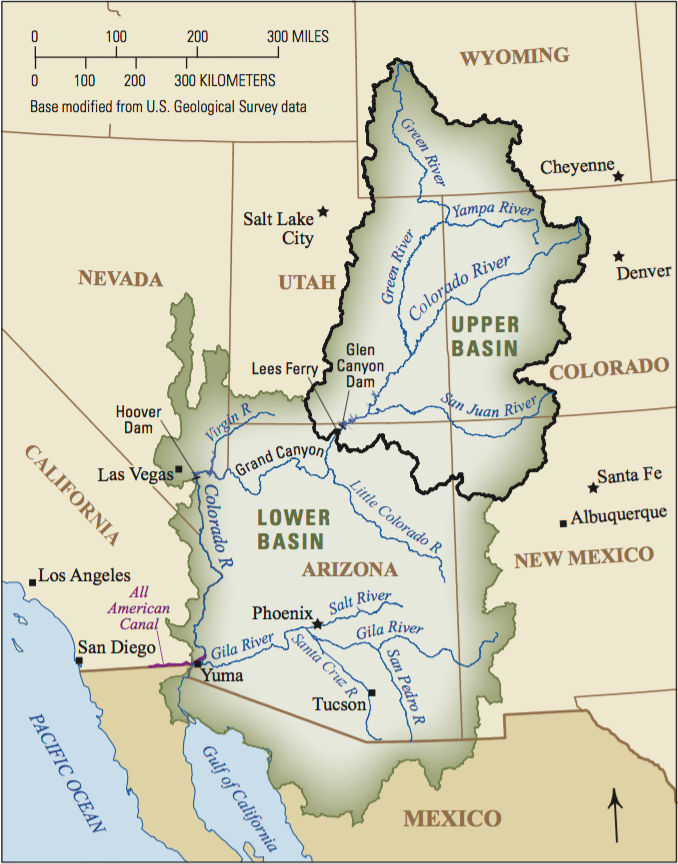
That’s why local stakeholders, including sportsmen and conservation groups, are trying to incentivize users to share and conserve water in ways that maintain farms, let cities grow, and keep the rivers flowing, all within the confines of the Law of the River. The federal government and U.S. water interests are working with Mexico, too, to update the treaty governing how we share the river.
California, Arizona, and Nevada are working on a drought contingency plan that will actually pay water users to conserve water and store it in Lake Mead, the giant reservoir near Las Vegas that is currently only half full. Meanwhile, Colorado, Wyoming, Utah, and New Mexico are also trying to find ways to conserve, share, and maybe even “bank” water to ensure it would be available, even during a drought.
Along with realistic conservation plans and a sober-eyed assessment of what additional new water development might be sustainable, sportsmen agree that these state plans must also create incentives to keep water in the river for the benefit of fish and wildlife. This would bolster the American outdoor recreation economy in basin states and have additional benefits downstream in Mexican communities that have traditionally fished on their side of the border.
With so many interest groups in the ring, hunters and anglers must stay engaged to speak for fish and wildlife and our sporting traditions.
Luckily for us, folks in the Colorado River Basin have learned to work together on water issues. Ensuring that every interest has access to clean, reliable water really isn’t a partisan issue in our communities, and it shouldn’t pit rural users against city dwellers.
Local stakeholders are finding more and more ways to partner with federal agencies on water issues. A century ago, the federal government played an outsized role in creating the West’s water infrastructure through the Bureau of Reclamation’s work to build dams and pipelines in the Colorado River Basin. Today, Reclamation and other federal agencies still bring funding and programs to the region that are key for modernizing water management.
But lawmakers need to keep hearing from us. Sportsmen and conservation groups are currently asking members of Congress to maintain the critical funding that keeps key federal programs and policies working in the Colorado River Basin. (Read the TRCP Water Working Group’s letter here.)
Water programs within these agencies received some good news in the fiscal year 2017 omnibus spending bill, but President Trump’s vision for the fiscal year 2018 budget includes deep cuts, and we won’t get more detail on how conservation will fare until at least May 22. It is imperative that sportsmen remain engaged to advocate for federal programs and policies that protect the fish and game we love to pursue.
We’ll make sure you hear about every opportunity to speak up and remind lawmakers not only of the dollars we need to make conservation happen, but also of the dollars we spend in rural communities across the Colorado River Basin and the rest of the country. Make sure you’re signed up for our weekly Roosevelt Report to be the first to know.
With a new team in place to tackle water issues, the TRCP will be working as hard as America’s hardest working river to ensure hunters and anglers continue to have quality places to hunt and fish.
An unprecedented review of 21 years of national monument designations appears to be about rolling back government overreach, but could it also roll back hunting and fishing?
For more than 50 years, my friends and I have hunted what is now the Organ Mountains-Desert Peaks National Monument. I remember quail hunting before the monument designation thinking to myself that this place was special. A decade before this half-million-acre parcel was designated as a national monument, I was actually one of the many local sportsmen who joined conservation organizations in calling for the assurances that a monument would bring to fish and wildlife habitat and public access for outdoor recreation.
I’m proud of the role sportsmen and women played in this designation. We were critical to the effort, representing the more conservative side of the community, and helped to bridge any gaps between conservation groups and people who might otherwise oppose the monument. The ranching community, for example, thought that the monument would threaten their livelihood. It did not, however, as grazing is still allowed in the monument. From Doña Ana County to D.C., we—the locals—fought for this and we were heard.
It was an appropriate use of the Antiquities Act because there was a great need to protect these areas, but after many years of repeated attempts in Congress, we weren’t getting anywhere. Now, my buddies and I can continue to hunt these lands for mule deer, Gambel’s, Mearn’s, and scaled quail, and ducks and doves, when there’s water in the playas.
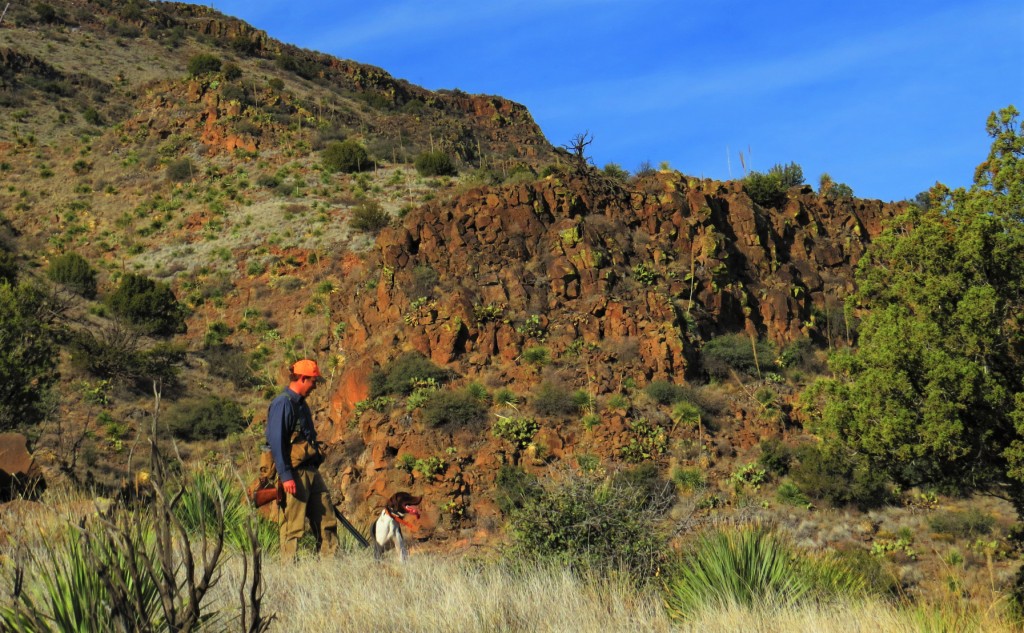
Initially, some sportsmen were skeptical of a monument designation, until they realized that national monuments managed by an agency with a multiple-use mandate—such as the Bureau of Land Management—allow hunting and fishing. There would be no locked gates or closed roads. The only thing the designation would change is the threat of these lands being pulled out from under sportsmen and other recreational users.
Once sportsmen understood this, it was easy to get behind.
Now, President Trump’s recent Executive Order on the review of monument designations under the Antiquities Act could potentially put these hunting lands—and other national monuments created in the last 21 years—at risk. This is something sportsmen cannot support, and we’ve asked President Trump that any changes to monuments be made carefully by Congress, not the administration. The TRCP and our partners would like to see the administration take actions to protect the integrity of the Antiquities Act and recognize it as the valuable conservation tool that it is.
When used appropriately, the Antiquities Act can expand opportunities for hunting & fishing. Share on XThat said, monument designations must be pursued in a way that addresses the priorities and values of the community, including its sportsmen. This means a process that is locally driven, transparent, incorporates the science-based management and conservation of important fish and wildlife habitat, and upholds continued opportunities to hunt and fish within the boundaries of a proposed monument. This is exactly the process used to obtain the OMDP National Monument designation.
Along those lines, 28 hunting and fishing groups and businesses developed a set of tenets that we believe should be followed when new monuments are created in areas important to hunters and anglers. These tenets, which we sent to Trump back in April, include the following:
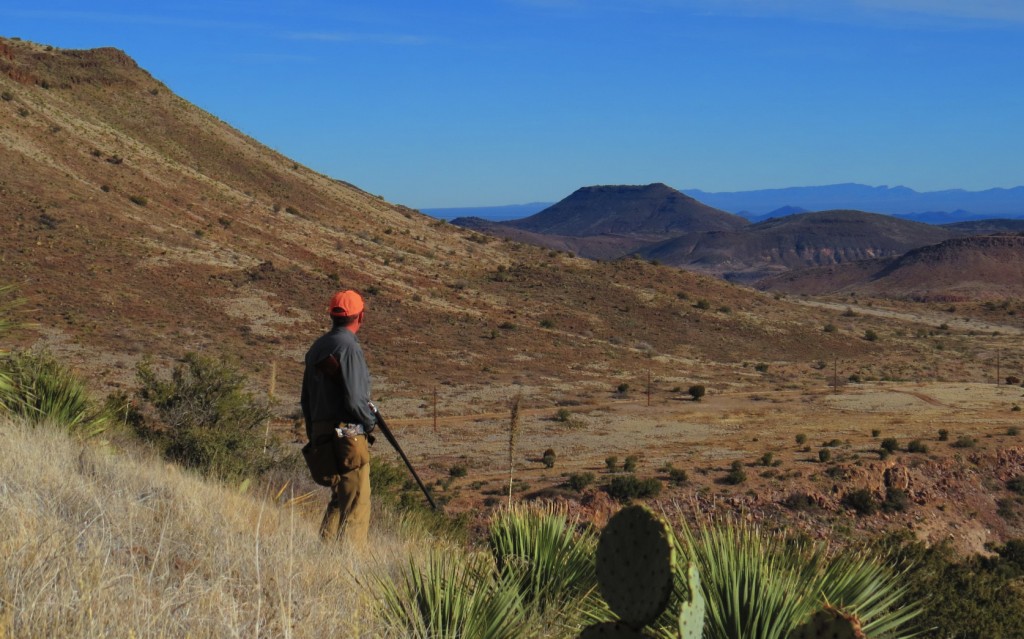
When used appropriately with support of the sportsmen community, tools like the Antiquities Act, can successfully safeguard high-value public lands that are important to fish and wildlife, and expand opportunities for sustained high-quality hunting and fishing.
The greatest conservation president of all time, Theodore Roosevelt, established the Antiquities Act 111 years ago this June. Since then, 16 presidents—eight democrats and eight republicans—have used the act to protect lands important to our hunting and fishing heritage.
Some monument designations have been controversial, but instead of considering the repeal of national monuments, we’ve asked President Trump to set an example for how the Antiquities Act should be used responsibly, so that all future presidents may follow in his footsteps and uphold the conservation legacy of Theodore Roosevelt.
Certainly, here in New Mexico, the hunters I know would be left scrambling to find a new spot to hunt mule deer, javelin, pronghorn, and a trio of our favorite quail species. The other 170,000 annual users of OMDP National Monument would be out of luck as well.
Theodore Roosevelt’s experiences hunting and fishing certainly fueled his passion for conservation, but it seems that a passion for coffee may have powered his mornings. In fact, Roosevelt’s son once said that his father’s coffee cup was “more in the nature of a bathtub.” TRCP has partnered with Afuera Coffee Co. to bring together his two loves: a strong morning brew and a dedication to conservation. With your purchase, you’ll not only enjoy waking up to the rich aroma of this bolder roast—you’ll be supporting the important work of preserving hunting and fishing opportunities for all.
$4 from each bag is donated to the TRCP, to help continue their efforts of safeguarding critical habitats, productive hunting grounds, and favorite fishing holes for future generations.
Learn More
